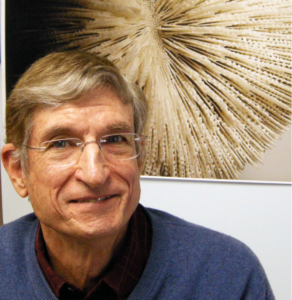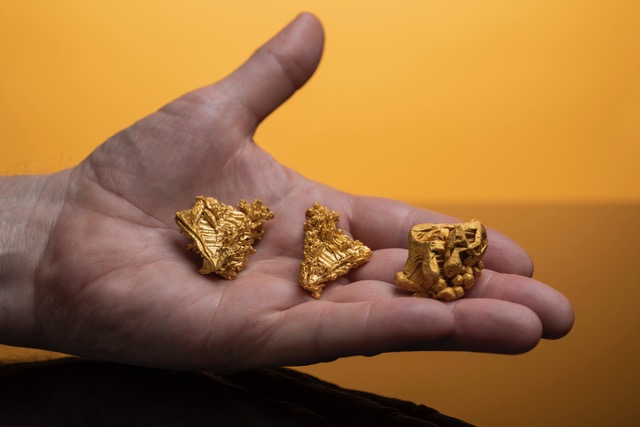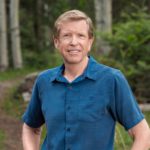
Professor Stanley is Professor Emeritus and former Director of the University of Montana Paleontology Center. In the Department of Geosciences at Montana, he taught and conducted research in paleontology and geology for 35 years. He is a Fulbright Fellow and former geologist and Research Associate at the Smithsonian Institution, Museum of Natural history. His research has helped clarify mass extinctions, the evolution of reef structures and modern and ancient coral lineages. Stanley is a Fellow of the Geological Society of America, Organization for Tropical Studies and Fellow of the American Association for the Advancement of Science. He’s author of over 300 professional publications and several books. He has done research in western Canada, northern Mexico, the Peruvian Andes, Germany, Austria, New Zealand, Japan and China. Currently he lives in Port Townsend where he enjoys hiking, nature and playing guitar. (Updated Oct. 2021)

 Gold is one of the most fascinating of the 5,400 mineral species on Earth and no mineral (or metal) evokes more emotion, but gold also has an incredible scientific story: a gold nugget is made of material that was not born in our planet or even our solar system.
Gold is one of the most fascinating of the 5,400 mineral species on Earth and no mineral (or metal) evokes more emotion, but gold also has an incredible scientific story: a gold nugget is made of material that was not born in our planet or even our solar system. Terry C. Wallace Jr. was raised in Los Alamos, New Mexico and graduated from Los Alamos High School in 1974. He earned a Bachelor of Science degree in geophysics and mathematics from New Mexico Institute of Mining and Technology, followed by a Master of Science and PhD in geophysics from the California Institute of Technology.
Terry C. Wallace Jr. was raised in Los Alamos, New Mexico and graduated from Los Alamos High School in 1974. He earned a Bachelor of Science degree in geophysics and mathematics from New Mexico Institute of Mining and Technology, followed by a Master of Science and PhD in geophysics from the California Institute of Technology.